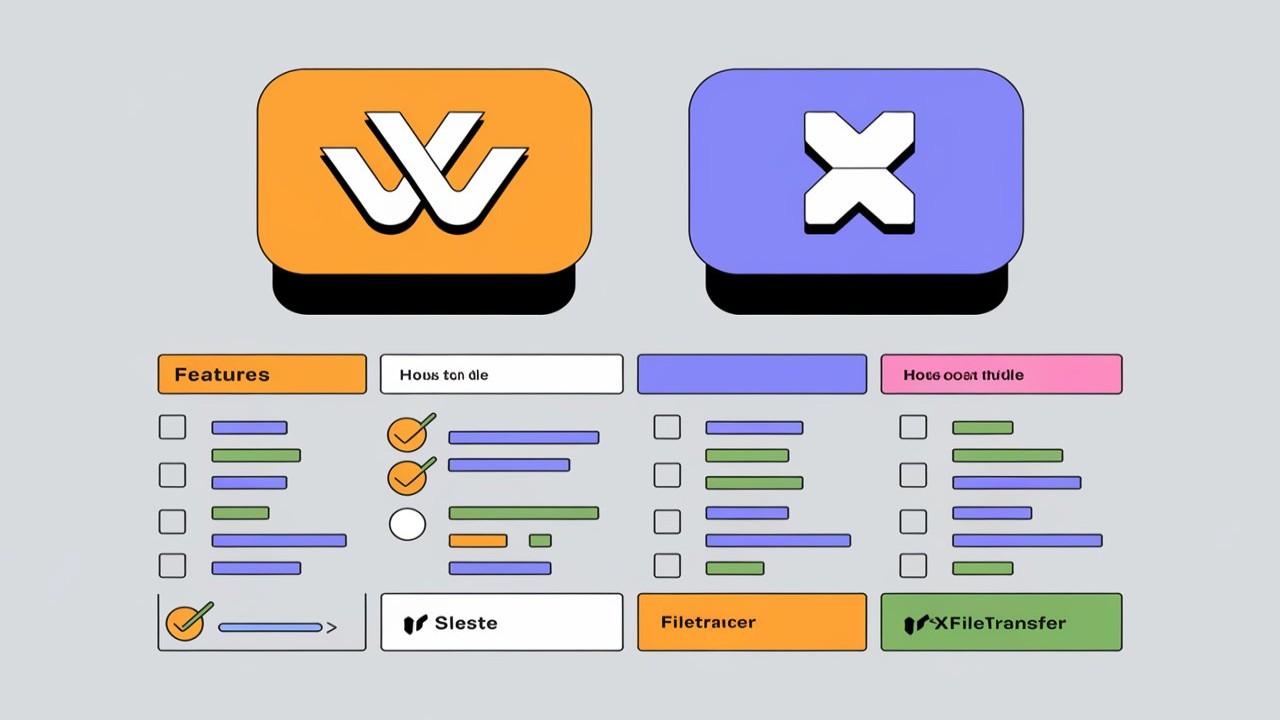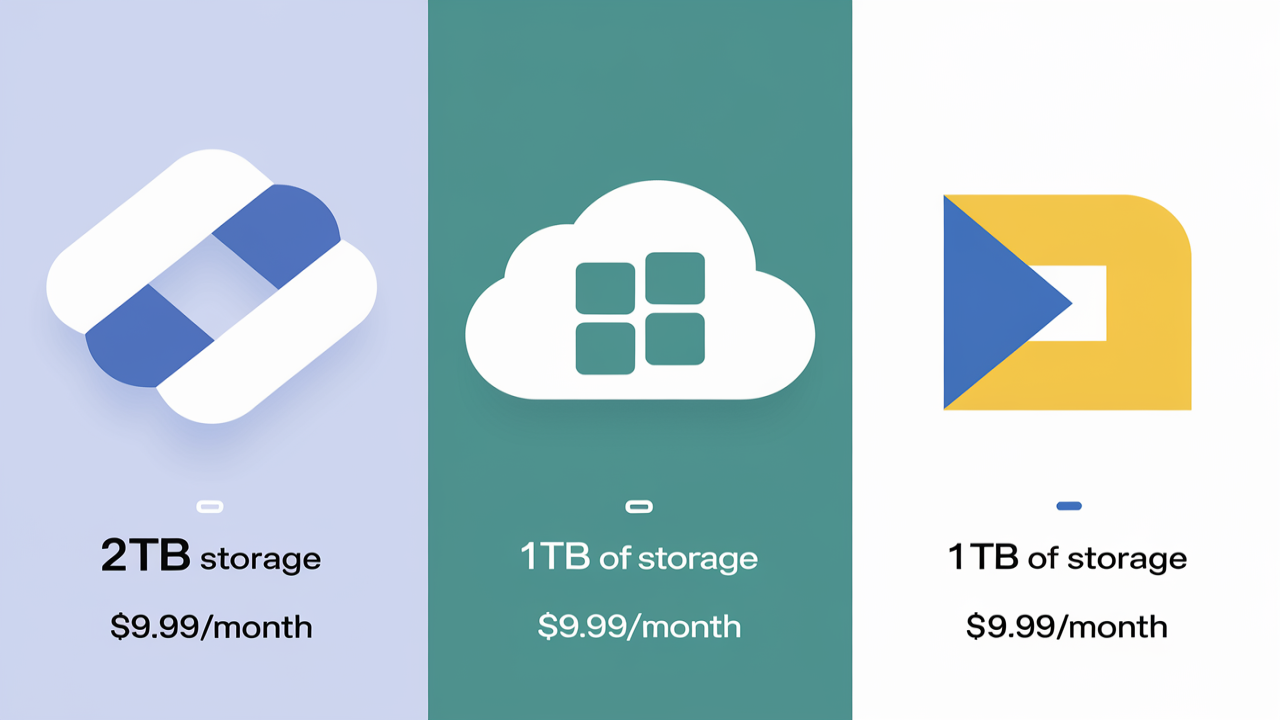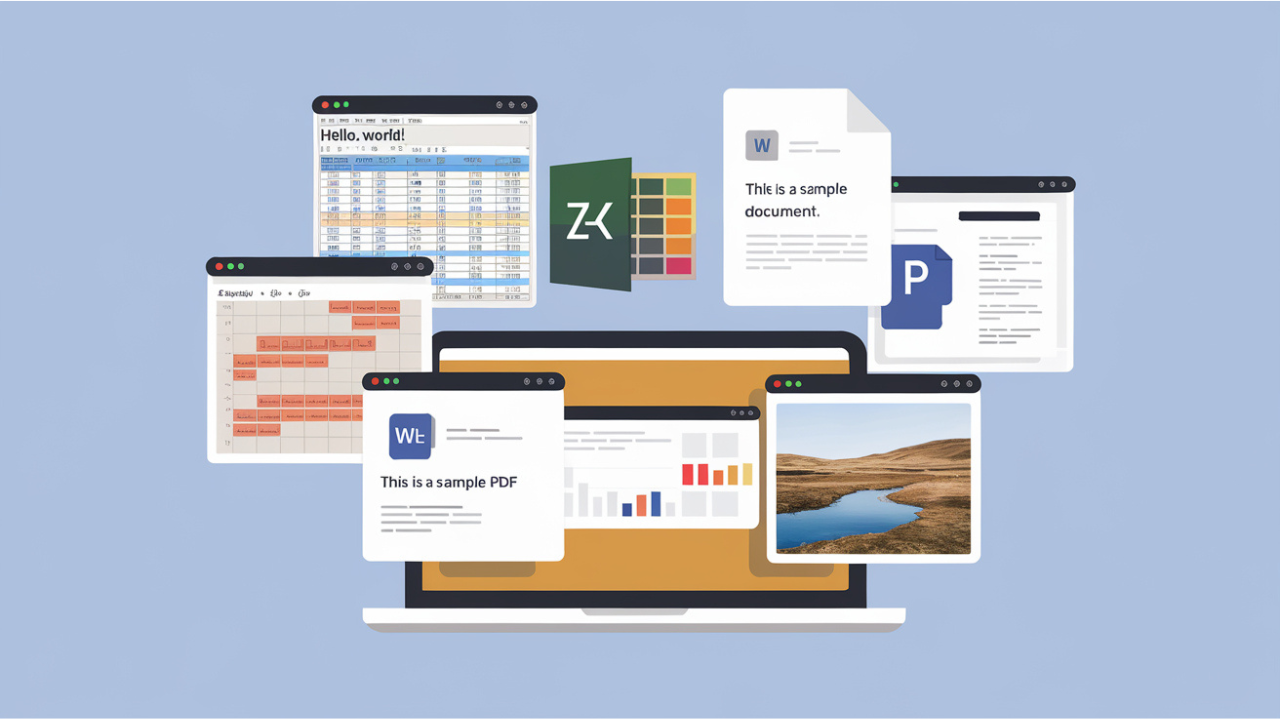In an increasingly digital world, cloud storage has become an indispensable tool for both individuals and businesses alike. It offers the convenience of accessing your data from anywhere, at any time. However, with this convenience comes the responsibility of securing your data. Implementing best practices for cloud storage security is critical to ensure that sensitive information remains safe and protected from potential threats such as data breaches, unauthorized access, and cyberattacks. In this article, we will outline the best security practices for cloud storage that you must follow to protect your data.
1. Use Strong, Unique Passwords
The foundation of cloud security begins with password protection. We often overlook the significance of a robust password, yet it is one of the easiest ways to prevent unauthorized access. A strong password should include a combination of uppercase and lowercase letters, numbers, and special characters, and it should be at least 12 characters long.
Additionally, avoid reusing passwords across multiple accounts. If one account is compromised, it can open the door to others. To simplify password management, consider using a password manager, which generates and stores complex passwords for all of your cloud accounts.
Enable Multi-Factor Authentication (MFA)
A password alone is not enough to secure your cloud storage. Enabling multi-factor authentication (MFA) adds an additional layer of protection. MFA requires users to provide two or more verification factors to gain access. This can include something you know (password), something you have (a mobile device for a code), or something you are (biometric verification such as fingerprints).
2. Encrypt Your Data
Encryption is a critical component of cloud storage security. When your data is encrypted, it is converted into a code that is unreadable to unauthorized users. We recommend enabling end-to-end encryption for all sensitive data stored in the cloud. This ensures that your data is encrypted on your device before it is uploaded to the cloud and remains encrypted until it is retrieved by an authorized user.
There are two types of encryption to consider:
- Encryption at Rest: Protects data that is stored in the cloud.
- Encryption in Transit: Protects data as it moves from your device to the cloud server.
Always choose cloud service providers that offer robust encryption standards such as AES-256 encryption, which is considered industry-leading.
3. Regularly Update Software and Security Patches
Cloud storage providers frequently update their software to address security vulnerabilities. It is important to regularly update your software and install security patches to ensure that your cloud storage platform is up to date. These updates may include important fixes for known security flaws, enhancements to the platform’s security features, and improved performance.
Additionally, keeping your operating system, antivirus software, and any other applications used to access cloud storage up to date is essential. This will protect your devices from malware and cyberattacks, which could compromise your cloud storage.
4. Set Access Controls and Permissions
For organizations using cloud storage, setting strict access controls and permissions is vital. Not everyone in your organization needs access to all files. Implement the principle of least privilege, where users are only given access to the files they need to perform their job.
Cloud platforms offer granular control over permissions, allowing you to decide who can view, edit, or share specific files. Periodically review and update permissions to ensure that only authorized individuals have access to sensitive information.
Monitor Activity Logs
To add another layer of protection, monitor activity logs regularly. Most cloud storage providers offer this feature, allowing you to see who accessed files, when they accessed them, and any changes made. Unusual activity could be a sign of unauthorized access, and reviewing these logs can help you detect and respond to potential threats quickly.
5. Implement Data Backup and Recovery Plans
Data loss can occur for various reasons, including hardware failure, human error, or cyberattacks. To mitigate the risk of data loss, it is crucial to have a data backup and recovery plan in place. Regularly backup your cloud-stored data to an additional location, such as an external hard drive or another cloud service, to ensure redundancy.
In case of an incident, having a well-thought-out disaster recovery plan will help your organization quickly recover lost data and resume operations. Most cloud storage providers offer automated backup solutions that simplify the process of safeguarding your files.
6. Avoid Storing Sensitive Information in the Cloud
While the cloud is a secure way to store data, we recommend that highly sensitive information, such as financial data, medical records, or proprietary business information, be stored on local drives or encrypted before being uploaded to the cloud.
If it is necessary to store sensitive information in the cloud, make sure to use a cloud service provider that complies with industry-specific regulations such as HIPAA for healthcare data or PCI-DSS for payment card information.
7. Use a Trusted Cloud Service Provider
Not all cloud storage providers are created equal. When selecting a cloud service provider, it is essential to choose one that takes security seriously. Look for providers that offer:
- Data encryption (at rest and in transit)
- Multi-factor authentication
- Compliance with industry standards and regulations
- Regular security updates and patches
- Reliable customer support
Providers like Google Cloud, Amazon S3, and Microsoft Azure are known for their comprehensive security measures, making them trustworthy options for storing data.
Review Cloud Service Provider SLAs
Before committing to a cloud provider, review their service-level agreement (SLA) carefully. The SLA outlines the terms of service, data protection measures, and what the provider is responsible for in case of a data breach or loss. Understanding these terms is critical for ensuring that the provider’s security standards align with your own.
8. Regularly Audit Your Cloud Storage
As your business grows and more data is stored in the cloud, it becomes increasingly important to audit your cloud storage regularly. Conducting regular security audits will help you identify potential vulnerabilities, such as outdated software, excessive permissions, or unencrypted files.
Penetration Testing
Consider performing penetration testing as part of your audit process. Penetration tests simulate cyberattacks to identify security weaknesses before actual hackers can exploit them. Many third-party companies specialize in penetration testing for cloud environments.
Conclusion
Implementing the best practices for cloud storage security is vital for protecting your data from malicious actors and ensuring compliance with industry standards. By following the steps outlined in this guide—such as using strong passwords, enabling encryption, and regularly auditing your storage—you can significantly reduce the risk of a data breach






Comments (0)